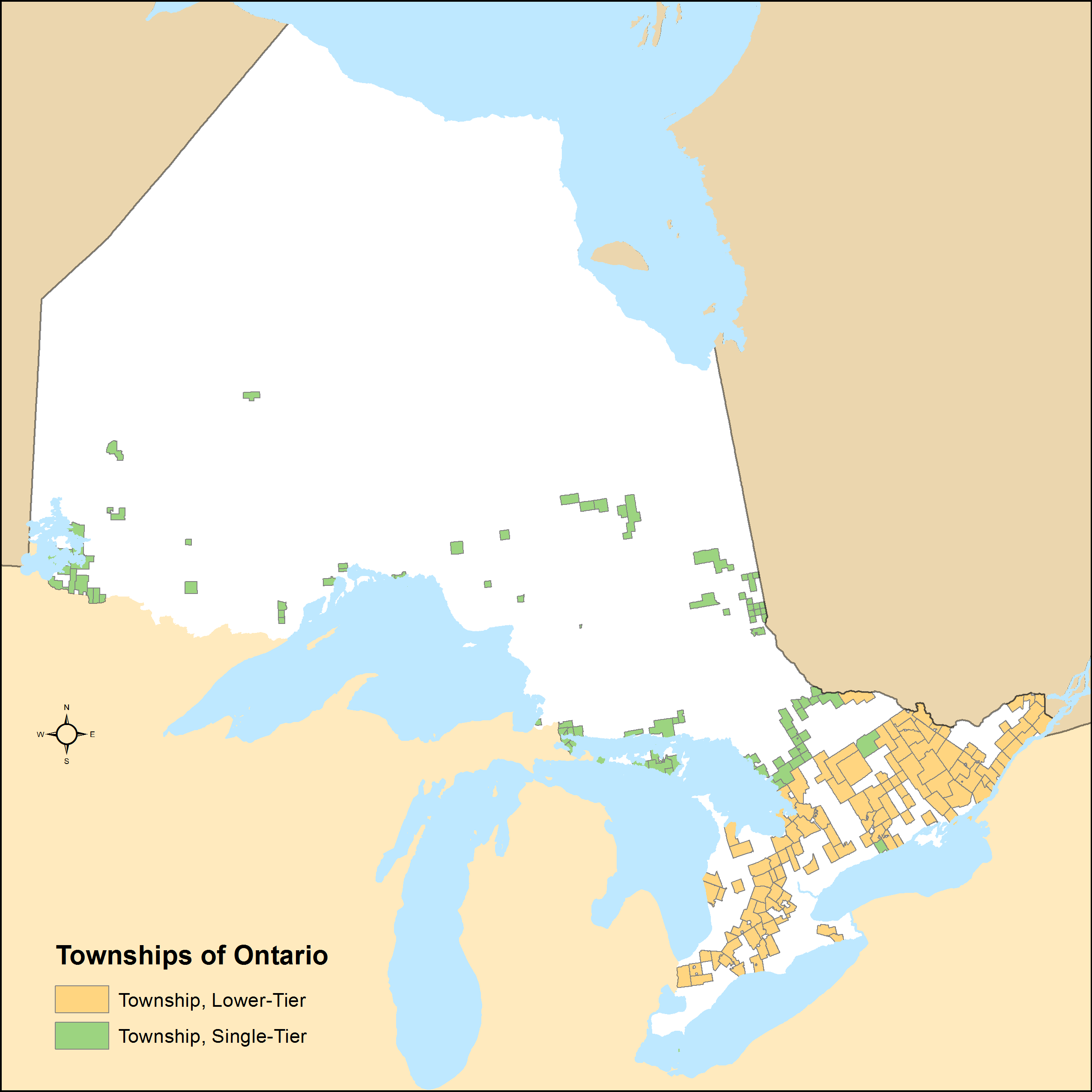|
Mattice-Val Côté
Mattice-Val Côté is an incorporated township in Cochrane District in Northeastern Ontario, Canada. It is located approximately east of Hearst and west of Kapuskasing on Ontario Highway 11. The township was incorporated on April 18, 1975, as the United Townships of Eilber and Devitt, with Paul Zorzetto as first reeve. Its two primary population centres are Mattice and Val-Côté. Mattice is located on the Missinaibi River, a historic fur-trading route that flows into the Moose River, then into James Bay. The river is a popular destination for canoers, known for its historical significance. History Mattice was founded in the 1910s, fueled by the arrival of the Canadian Transcontinental Railway and free land given away by the government. Most residents came from the province of Quebec. The town was named after Gregor Lenox Mattice. He was born July 26, 1872, in Cornwall Township, Ontario, Canada, and died April 1, 1940, in Montreal, Quebec, Canada. Major Gregor Lenox ... [...More Info...] [...Related Items...] OR: [Wikipedia] [Google] [Baidu] |
List Of Township Municipalities In Ontario
A township is a type of municipality in the Provinces and territories of Canada, Canadian province of Ontario. They can have either single-tier (not part of another higher tier government form, like a county) status or lower-tier (part of another higher tier government form, like a county) status. Ontario has 200 townships that had a cumulative population of 990,396 and an average population of 4,952 in the Canada 2011 Census, 2011 Census. Ontario's largest and smallest townships are Centre Wellington and Cockburn Island (Ontario), Cockburn Island with populations of 26,693 and 0 respectively. History Under the former ''Municipal Act, 1990'', a township was a type of local municipality. Under this former legislation, a locality with a population of 1,000 or more could have been incorporated as a township by Ontario's Municipal Board upon review of an application from 75 or more residents of the locality. It also provided that a township could include ... [...More Info...] [...Related Items...] OR: [Wikipedia] [Google] [Baidu] |
Kapuskasing
Kapuskasing ( ) is a town on the Kapuskasing River in the Cochrane District of Northern Ontario, Canada, approximately east of Hearst, Ontario, Hearst and northwest of Timmins, Ontario, Timmins. The town was known as MacPherson until 1917. Etymology The town of Kapuskasing gets its name from the Kapuskasing River. The first reported survey of the district in which Kapuskasing lies was carried out in 1875 by Dr. Robert Bell of the Geological Survey of Canada. He referred to the Kapuskasing River as the "Kai-bush-ka-sing". According to Bell's information, the Kapuskasing River derived its name from the lake at its head. In 1900, the Bureau of Colonization of the Ontario Department of Agriculture sent parties to survey the region north of the Canadian Pacific Railway between the Quebec border and Lake Nipigon. Their main interest was to seek out and delimit areas for further agricultural settlements that would give Ontario a new farming frontier to offset the attraction of th ... [...More Info...] [...Related Items...] OR: [Wikipedia] [Google] [Baidu] |
Ontario Northland Railway
The Ontario Northland Railway is a Canadian railway operated by the Ontario Northland Transportation Commission, a Crown agency (Ontario), provincial Crown agency of the government of Ontario. Originally built to develop the Lake Timiskaming and Lake Nipissing areas, the railway soon became a major factor in the economic growth of the province. After decades of difficult construction through the Canadian Shield, workers reached James Bay in 1932. While blasting the route through the shield, geologists discovered deposits of valuable minerals such as gold, silver, copper and nickel. The railway also made it possible to exploit the timber Natural resource, resources of Northern Ontario. Its north–south Main line (railway), mainline is located entirely in Ontario, starting at its southern terminus at North Bay, Ontario, North Bay, running northward through Cobalt, Ontario, Cobalt, New Liskeard, Ontario, New Liskeard, Cochrane, Ontario, Cochrane, and on to its northern terminus ... [...More Info...] [...Related Items...] OR: [Wikipedia] [Google] [Baidu] |
First Nations In Canada
''First Nations'' () is a term used to identify Indigenous peoples in Canada who are neither Inuit nor Métis. Traditionally, First Nations in Canada were peoples who lived south of the tree line, and mainly south of the Arctic Circle. There are 634 recognized List of First Nations band governments, First Nations governments or bands across Canada. Roughly half are located in the provinces of Ontario and British Columbia. Under Canadian Charter of Rights and Freedoms, Charter jurisprudence, First Nations are a "designated group", along with women, Visible minority, visible minorities, and people with physical or mental disabilities. First Nations are not defined as a visible minority by the criteria of Statistics Canada. North American indigenous peoples have cultures spanning thousands of years. Many of their oral traditions accurately describe historical events, such as the 1700 Cascadia earthquake, Cascadia earthquake of 1700 and the 18th-century Tseax Cone eruption. Writ ... [...More Info...] [...Related Items...] OR: [Wikipedia] [Google] [Baidu] |
Portage
Portage or portaging ( CA: ; ) is the practice of carrying water craft or cargo over land, either around an obstacle in a river, or between two bodies of water. A path where items are regularly carried between bodies of water is also called a ''portage.'' The term comes from French, where means "to carry", as in "portable". In Canada, the term "carrying-place" was sometimes used. Early French explorers in New France and French Louisiana encountered many rapids and cascades. The Native Americans carried their canoes over land to avoid river obstacles. Over time, important portages were sometimes provided with canals with locks, and even portage railways. Primitive portaging generally involves carrying the vessel and its contents across the portage in multiple trips. Small canoes can be portaged by carrying them inverted over one's shoulders and the center strut may be designed in the style of a yoke to facilitate this. Historically, voyageurs often employed tump lines on t ... [...More Info...] [...Related Items...] OR: [Wikipedia] [Google] [Baidu] |
Coureur Des Bois
A coureur des bois (; ) or coureur de bois (; ) were independent entrepreneurial French Canadian traders who travelled in New France and the interior of North America, usually to trade with First Nations peoples by exchanging various European items for furs. Sometimes they operated in competition with the larger and licensed '' voyageurs''. Some coureur des bois learned the trades and practices of the indigenous peoples, and even went into business with them. These expeditions were part of the beginning of the fur trade in the North American interior. Initially they traded for beaver coats and furs. However, as the market grew, ''coureurs de bois'' were trapping and trading prime beavers whose skins were to be felted in Europe. Evolution While French settlers had lived and traded alongside Indigenous people since the earliest days of New France, coureurs des bois reached their apex during the second half of the 17th century. After 1681, the independent coureur des bois was g ... [...More Info...] [...Related Items...] OR: [Wikipedia] [Google] [Baidu] |
Polar Fleece
Polar fleece is a soft fabric made from polyester that is napped and insulating. PolarFleece is a trademark registered by Malden Mills (now Polartec, LLC) with the United States Patent and Trademark Office on October 6, 1981. Malden Mills developed polar fleece in 1979. Uses Polar fleece is used in jackets, hats, sweaters, sweatpants, cloth diapers (nappies), gym clothes, hoodies, pajamas, blankets, and high-performance outdoor clothing. The produced fleece can be used to create clothes that are very light, soft, and easy to wash. Polar fleece can stretch more easily in one direction than in others. History Polar fleece originated in Massachusetts in 1979 when Malden Mills and Patagonia developed Synchilla (synthetic chinchilla). It was a new, light, strong pile fabric meant to mimic, and in some ways surpass, wool. Malden Mills CEO Aaron Feuerstein intentionally declined to patent polar fleece, allowing the material to be produced cheaply and widely by many vendors, lea ... [...More Info...] [...Related Items...] OR: [Wikipedia] [Google] [Baidu] |
Opasatika, Ontario
Opasatika is a township in the Canadian province of Ontario, located in the Cochrane District on the Opasatika River, a tributary of the Missinaibi River. Its name is of indigenous origin, meaning "surrounded by poplar". The main communities in the township are Opasatika and Lowther, both located along Highway 11 between Mattice and Harty. The ghost town of Reesor Siding, site of the 1963 Reesor Siding incident, is at the western edge of the township. The former Canadian Forces Station Lowther was located in the municipality. Demographics In the 2021 Census of Population conducted by Statistics Canada, Opasatika had a population of living in of its total private dwellings, a change of from its 2016 population of . With a land area of , it had a population density of in 2021. Mother tongue (2021): * English as first language: 32.5% * French as first language: 62.5% * English and French as first language: 2.5% * Other as first language: 0% See also *List of townshi ... [...More Info...] [...Related Items...] OR: [Wikipedia] [Google] [Baidu] |





